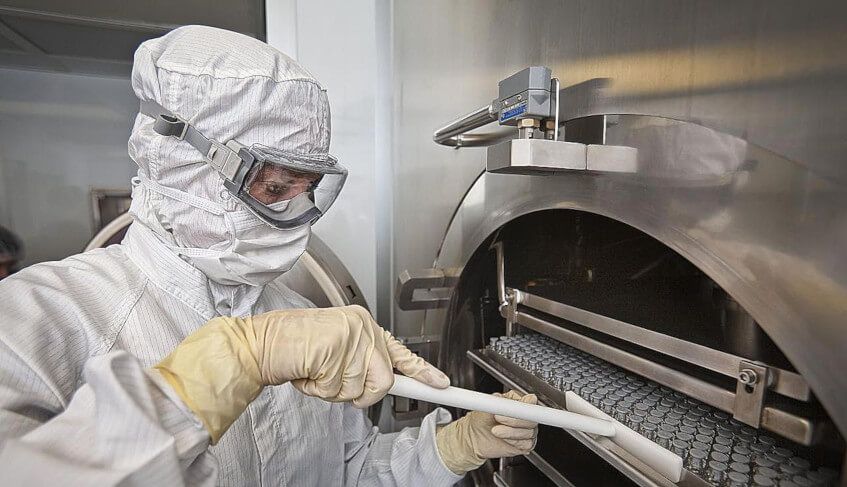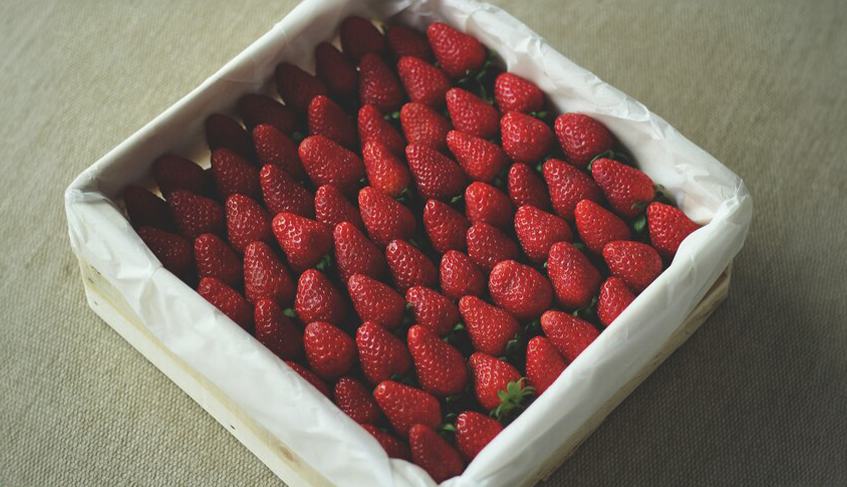The Basics of Freeze - Drying Cultures
Lyophilization, also known as freeze-drying, is a process used for preserving biological material by removing the water from the sample, which involves first freezing the sample and then drying it, under a vacuum, at very low temperatures. Lyophilized samples may be stored much longer than untreated samples.
Why Lyophilization Is Used?
Lyophilization, or freeze-drying of bacterial cultures, stabilizes the cultures for long-term storage while minimizing the damage that may be caused by strictly drying the sample. Many microorganisms survive well when lyophilized and can be easily rehydrated and grown in culture media, after prolonged periods of time in storage.
Lyophilization is also used in the biotechnology and biomedical industries to preserve vaccines, blood samples, purified proteins, and other biological material.
This short laboratory procedure can be used with any commercially available freeze dryer to preserve your culture collection.
The Process
The process of lyophilization is actually an application of a physical phenomenon called sublimation: the transition of a substance from solid to a gaseous state, without first passing through the liquid phase. During lyophilization, the water in the frozen sample is removed as water vapor, without first thawing the sample.

Common Mistakes
One of the most common mistakes when it comes to lyophilization is not knowing your sample’s melting point, which makes it difficult to choose the correct lyophilizer. Your samples may melt during the process. Another common mistake is thinking colder is better when freeze-drying on a shelf-type freeze dryer. During primary drying, you should set the shelf temperature to just below the sample’s eutectic temperature. There should be just enough heat to encourage the molecules of the sample to move — but prevent melting.
A third mistake is using the wrong equipment for your samples. Because freeze dryers are used in a group setting, you should you know the following before buying one:
- How much moisture will be lyophilized
- What the sample is (and the eutectic temperature)
- How to properly use the freeze dryer
If the unit is not used correctly, it could ruin all of the samples. Which brings us to another common mistake: Not maintaining the vacuum pump. The pump must be in excellent working order for lyophilization to work. Running the pump with the gas ballast open 30 minutes before and after the freeze-drying process will increase the life of the pump. Opening the gas ballast purges contaminants out of the pump to prevent damage to internal components. You should check the pump oil often for discoloration and particles, and change the oil as needed. Regular oil changes keep the pump pulling at optimum vacuum during the freeze-drying process.
Lastly, having the wrong freeze drying accessories for your lyophilization process can also be a big mistake. Do you need a stopper sample under your vacuum? Then a stopping chamber is required. Are you freeze-drying in flasks? Then be sure to have a drying chamber with ports.
By avoiding the above mistakes, you can provide better care for your freeze dryer and pump, and have better samples when your freeze drying is done.
References: https://www.thoughtco.com/lyophilization-preserving-biological-material-375590









